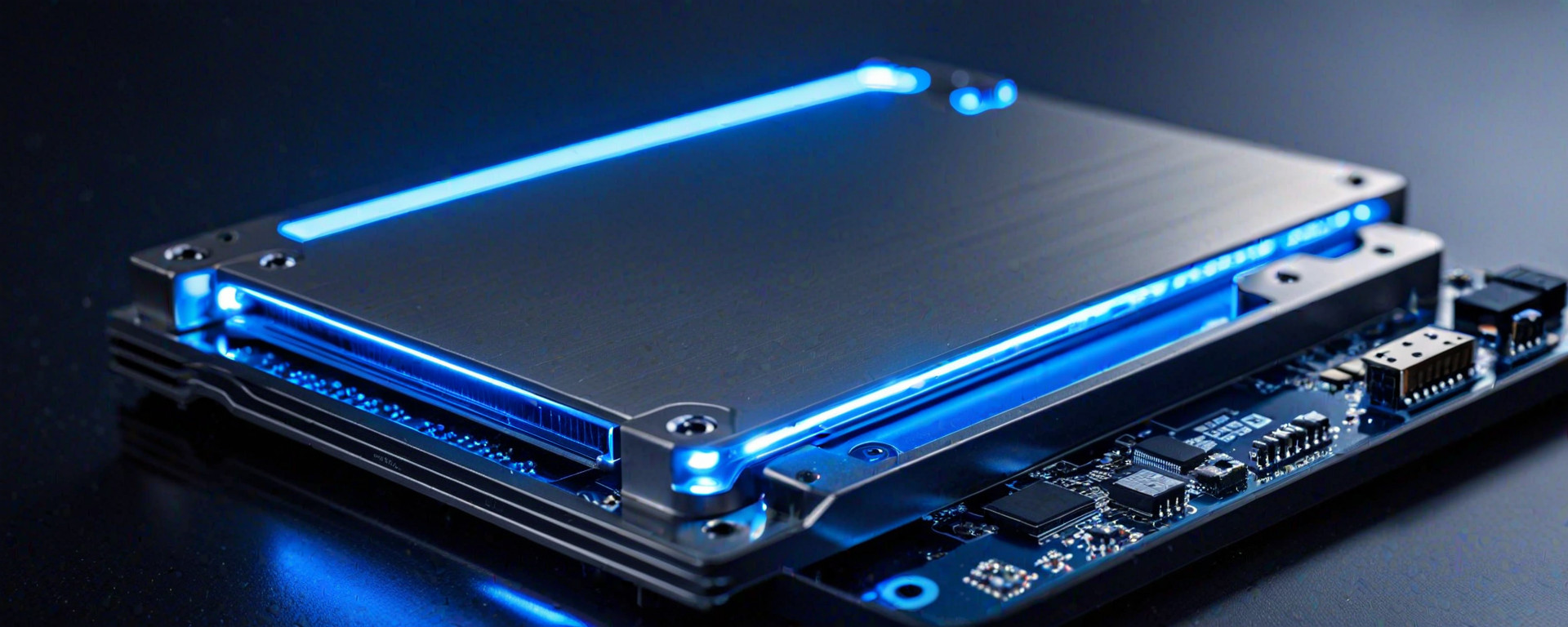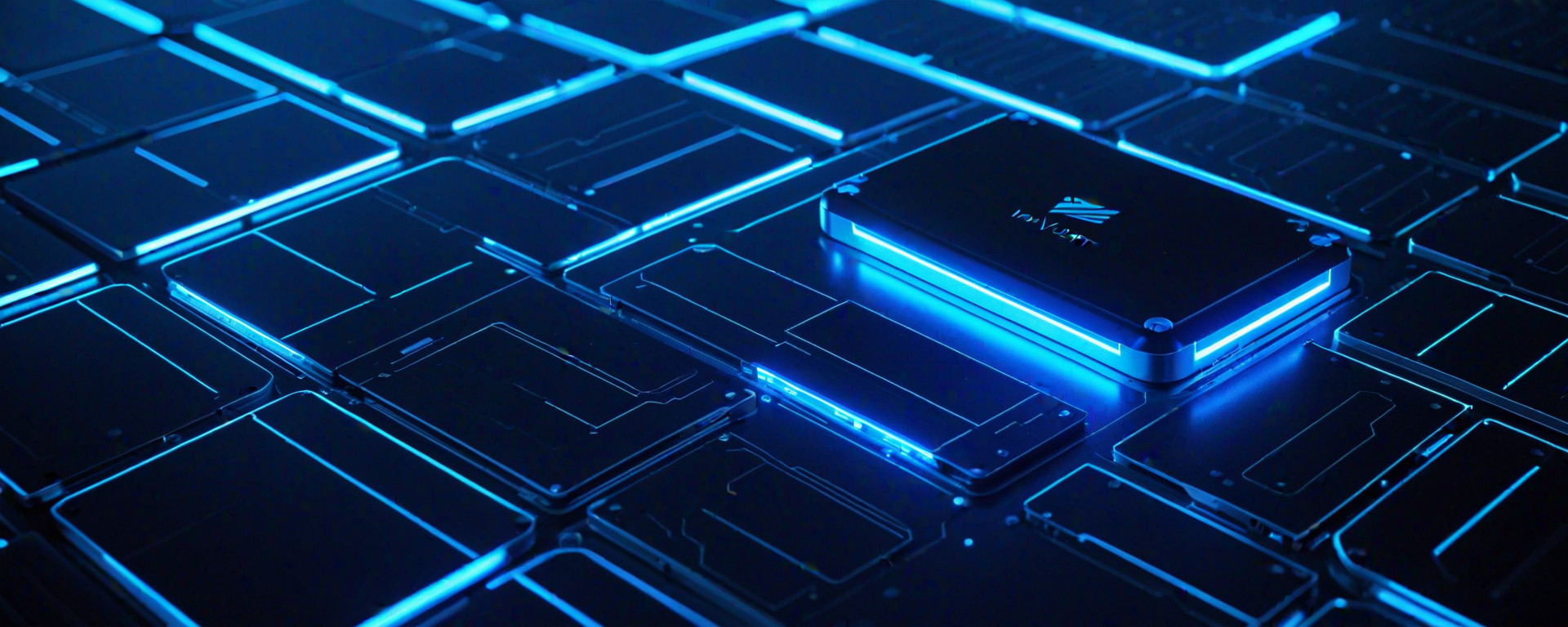Introduction
The world of storage technology has seen significant advancements over recent years, with NVMe M.2 SSDs, SATA SSDs, and traditional hard drives (HDDs) each offering unique advantages and disadvantages depending on specific use cases. As the amount of data continues to grow exponentially, understanding these differences is crucial for anyone looking to maximize their computer's performance while also considering cost-effectiveness.
In this comprehensive guide, we will delve into the technical specifications, real-world performance benchmarks, cost considerations, compatibility issues, and troubleshooting tips for NVMe M.2 SSDs, SATA SSDs, and traditional hard drives. By the end of this article, you'll be well-equipped to make an informed decision about which type of storage technology best suits your needs.
Understanding Storage Technologies
To effectively compare these three types of storage devices, it's essential first to understand their technical specifications and key differences.
NVMe M.2 SSDs
Definition: NVMe (Non-Volatile Memory Express) is a protocol designed specifically for solid-state drives (SSDs), providing faster data transfer rates compared to traditional SATA interfaces by utilizing PCIe lanes directly connected to the CPU.
- Form Factor: M.2
- Data Transfer Rates: Up to 3500 MB/s read and write speeds (depending on model)
- Power Consumption: Lower than SATA SSDs due to direct PCIe connectivity.
- Pros:
- Faster access times, leading to improved system boot-up and application loading times.
- Lower power consumption compared to SATA SSDs.
- Cons:
- Limited compatibility with older motherboards that lack M.2 slots or PCIe lanes.
- Typically more expensive than equivalent SATA SSDs due to advanced technology.
SATA SSDs
Definition: Serial ATA (SATA) is a standard interface for connecting storage devices, widely used in modern PCs and laptops. It supports data transfer speeds up to 6 Gbps (750 MB/s).
- Data Transfer Rates: Up to 6 Gbps read/write speed
- Power Consumption: Generally higher than NVMe M.2 SSDs due to SATA interface limitations.
- Pros:
- Wide compatibility with a variety of motherboards and laptops.
- Affordable pricing compared to NVMe M.2 SSDs.
- Cons:
- Slower data transfer rates compared to NVMe M.2 SSDs.
- Inefficient power usage when compared to direct PCIe connections.
Traditional Hard Drives (HDDs)
Definition: HDDs use spinning platters and a mechanical arm to read/write data, offering large storage capacities at relatively low costs.
- Data Transfer Rates: Up to 210 MB/s for 7200 RPM models
- Power Consumption: Moderate, depending on usage patterns and drive specifications.
- Pros:
- Largest storage capacities available at affordable prices.
- High compatibility with older hardware systems.
- Cons:
- Mechanical components lead to slower data access times and higher power consumption.
- Vulnerable to physical damage due to moving parts.
Data Transfer Rates Comparison Table
| Storage Type | Read Speed (MB/s) | Write Speed (MB/s) |
|---|---|---|
| NVMe M.2 SSD | 3500+ | 3000+ |
| SATA SSD | 600 | 550 |
| HDD (7200 RPM) | 210 | 180 |
Real-World Performance Benchmarks
To illustrate the practical performance differences, let's look at how these storage types perform in real-world scenarios.
System Boot-Up Times
- NVMe M.2 SSD: 5 to 10 seconds (depending on system configuration)
- SATA SSD: 15 to 25 seconds
- HDD: 45 to 60 seconds or more
Data Transfer Speeds in MB/s
- NVMe M.2 SSD: Up to 3500 MB/s read, up to 3000 MB/s write
- SATA SSD: Up to 600 MB/s read, up to 550 MB/s write
- HDD (7200 RPM): Up to 210 MB/s read, up to 180 MB/s write
Power Consumption Comparison Chart
| Storage Type | Average Power Usage (Watts) |
|---|---|
| NVMe M.2 SSD | 0.5 - 3 W |
| SATA SSD | 1 - 4 W |
| HDD (7200 RPM) | 6 - 10 W |
Cost Analysis and Budget Considerations
The cost of these storage solutions varies widely based on capacity, brand, and features.
- NVMe M.2 SSD: Expensive upfront but offers significant performance benefits for gaming, video editing, and multitasking.
- SATA SSD: A middle ground option that provides a balance between price and performance.
- HDD: The most affordable choice for bulk storage needs, especially in budget systems.
Maintaining Storage Health
Regardless of the type of storage you choose, regular maintenance is crucial to ensure longevity and optimal performance.
- Defragmentation: Important for HDDs but unnecessary for SSDs due to their design.
- Disk Cleanup: Removing temporary files and system logs can free up space on any type of storage.
Frequently Asked Questions
- Q: Which is the best option for gaming?
- A: NVMe M.2 SSD due to its superior read/write speeds, resulting in faster load times and smoother gameplay.
- Q: Is it worth upgrading from an HDD to a SATA SSD?
- A: Absolutely, especially if you experience slow boot-up or application loading times on your current system.
Tips for Choosing the Right Storage Solution
- Consider Your Budget: Determine how much you can afford to spend before making a decision.
- Evaluate Performance Needs: Assess whether you need faster data transfer speeds and quicker access times.
- Compatibility Check: Ensure your motherboard supports the type of storage device you plan to use.
Conclusion
Selecting between NVMe M.2 SSD, SATA SSD, or HDD depends on various factors including budget constraints, performance requirements, and system compatibility. Understanding these differences helps in making an informed decision tailored to your specific needs.
--- This comprehensive guide covers all aspects of choosing the right storage solution for different use cases while providing detailed comparisons and practical advice. It aims to help users make well-informed decisions based on their unique requirements and constraints.








